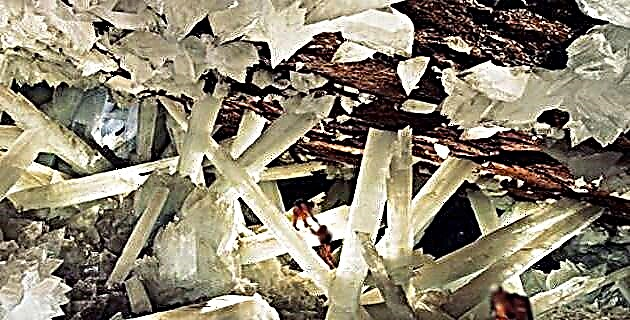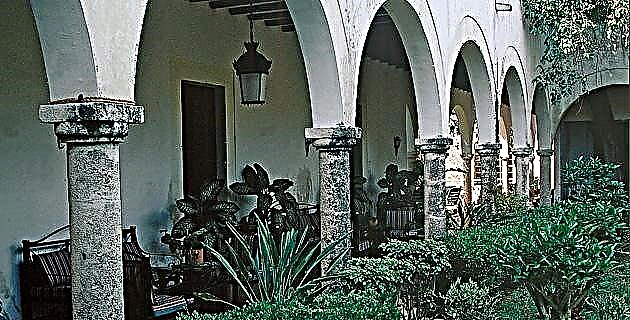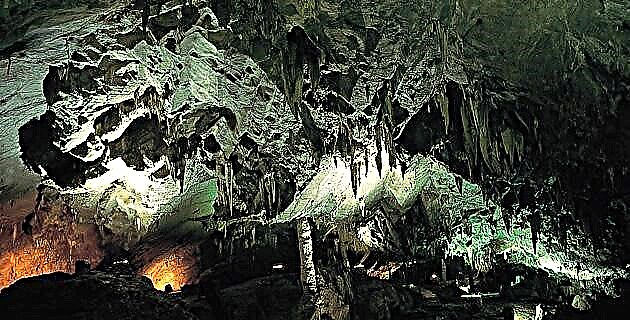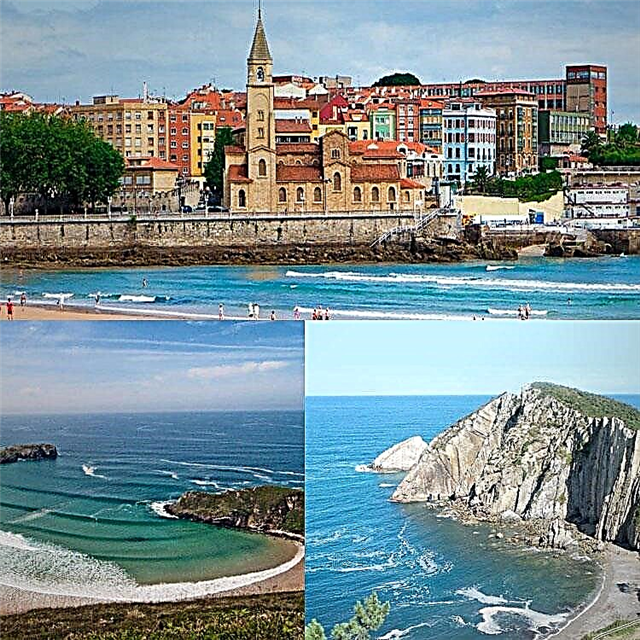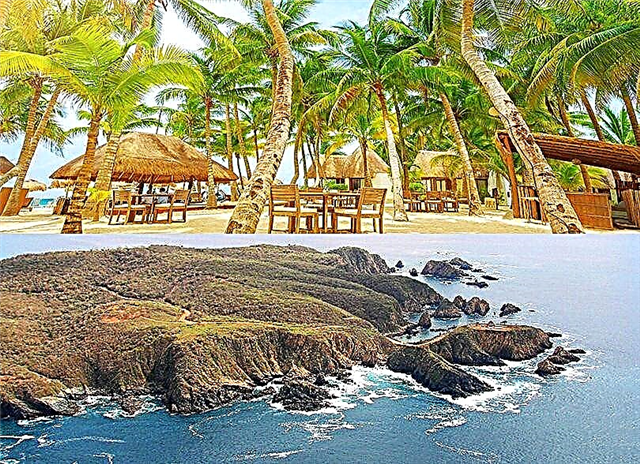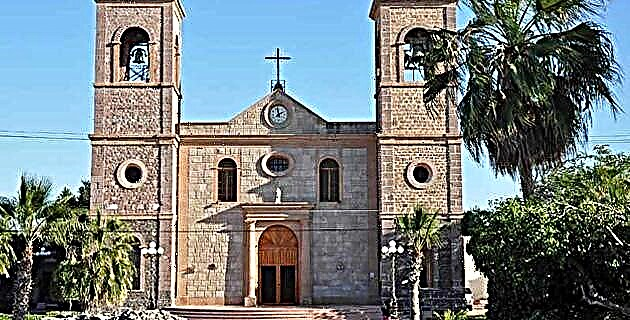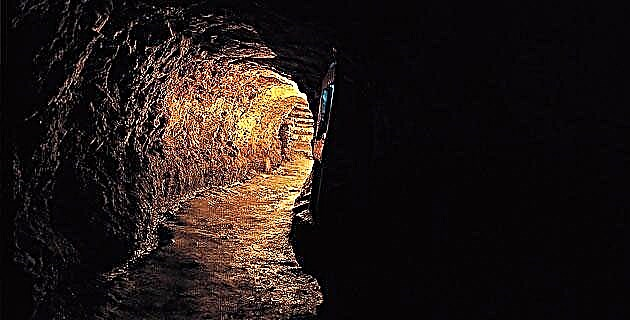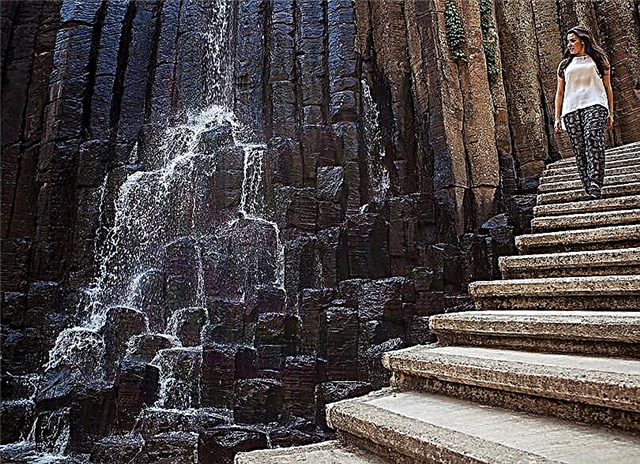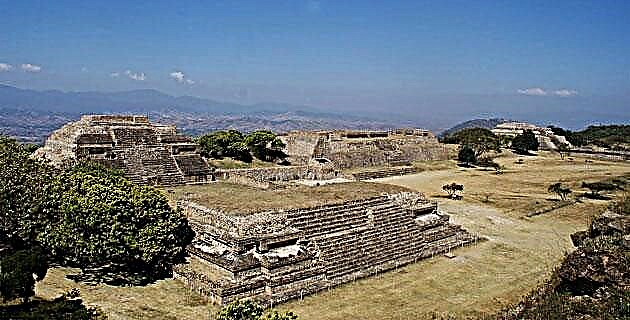
One of the indisputable pillars of the so-called golden age of Mexican archeology was Dr. Alfonso Caso y Andrade, an illustrious archaeologist whose wisdom, dedication and ethics in the performance of his research, both in the field and in the laboratory, left a wealth of first order.
Among its great discoveries, the pre-Hispanic city of Monte Albán stands out, with its magnificent Tomb 7, and several sites in the Mixteca, such as Yucuita, Yucuñidahui and Monte Negro, in Tilantongo. The product of these discoveries was a large number of books, articles, reports, conferences and popular literature, which are still necessary for the study of Mesoamerican cultures, especially the Zapotec, Mixtec and Mexica.
Don Alfonso Caso was especially important in the investigations of the cultural area of Oaxaca; Starting in 1931, and for more than twenty years, he dedicated himself to the study of Monte Albán, a site that he found converted into farmland, with mogotes full of ancient vegetation. Thanks to his laborious work, in which he received the help not only of other archaeologists but of many technicians and particularly of day laborers who lived and still live around this majestic place, he was able to completely discover more than twenty of the hundreds of buildings and the most monumental of the squares that make up the remains of this huge pre-Hispanic city. Equally important are the 176 tombs that he explored, because through his study he managed to decipher the way of life of the Zapotec and Mixtec peoples, this without counting the innumerable buildings from other sites towards which he extended his central project, in the Mixtec area and the Mitla archaeological site, in the Valley of Oaxaca.
Dr. Caso is considered the representative of a current of thought called the Mexican school of archeology, which means the knowledge of the high Mesoamerican cultures through the systematic study of their different cultural manifestations, such as archeology, linguistics, ethnography, history and the study of populations, all integrated to understand the depth of cultural roots. This school believed in the value of rebuilding the monumental architecture of those cultures, with the aim of knowing in depth and making evident the history of our ancestors, especially in the eyes of modern youth. For this, he was based on serious studies of different expressions, such as the architecture of temples, palaces and tombs, ceramics, human remains, sacred books, maps, stone objects and other materials, which Caso came to interpret after many years of study.
One of his most important contributions was the decipherment of the writing system of the pre-Hispanic cultures of Oaxaca, coming to understand the hieroglyphs that the Zapotecs used since 500 BC, to name people, to count time and to narrate their conquests, in complicated texts carved in large stones. Some time later, towards the year 600 of our era, with this writing system they counted above all their violent incursions into the towns, sacrificing some and taking their leaders captive, all this to ensure the supremacy of the Zapotec people, whose capital was Monte Alban.
Likewise, he interpreted the Mixtec writing system, whose peoples captured in books made with deer skin and painted with bright colors, to narrate the myths about its origins, its origin from the earth and clouds, trees and rocks , and complicated biographies –between real and mythical– of the important characters, such as priests, rulers and warriors of those peoples. One of the first texts to be deciphered was the Map of Teozacoalco, from which Dr. Caso was able to establish correlations between the ancient calendar and that of daily use of our culture, also allowing him to geographically locate the region inhabited by the Mixtecs or ñuusavi, the men of the clouds.
Not only did Oaxaca occupy Caso's academic attention, he also studied Aztec culture and religion and became one of its leading experts. He deciphered many of the famous engraved stones that represented the deities of central Mexico, such as the Piedra del Sol, which had been the concern of many other scholars of earlier times. Caso found that it was also a calendrical system, part of the Mexica culture at the root of which are its myths of origin. He also deciphered territory boundaries and a large number of events that involved the gods of what he called the Pueblo del Sol, the Mexica people, who largely controlled the destinies of the other Mesoamerican peoples in a time close to the Hispanic conquest. .
The archeology of Mexico owes much to Don Alfonso Caso, since, as the great visionary that he was, he founded the institutions that ensured the continuity of archaeological studies, such as the National School of Anthropology, in which he trained a large number of students, including the names of archaeologists and anthropologists of the stature of Ignacio Bernal, Jorge R. Acosta, Wigberto Jiménez Moreno, Arturo Romano, Román Piña Chan and Barbro Dahlgren, just to mention a few; and the Mexican Society of Anthropology, aimed at fostering the constant exchange of ideas among scientists focused on the study of man.
Caso also founded those institutions that ensured the protection of the archaeological heritage of Mexicans, such as the National Institute of Anthropology and History and the National Museum of Anthropology. His studies of ancient cultures made him value the current indigenous people who fight for their recognition in today's Mexico. For his support, he founded the National Indigenous Institute, an organization that he still ran shortly before he died in 1970, in his desire to revalue, as he said, "the living Indian, through knowledge of the dead Indian."
In our days, the institutions that Caso founded still persist at the center of national cultural policy, as a sample of the extraordinary vision of this scientist, whose only mission, as he himself recognized, was the search for the truth.

